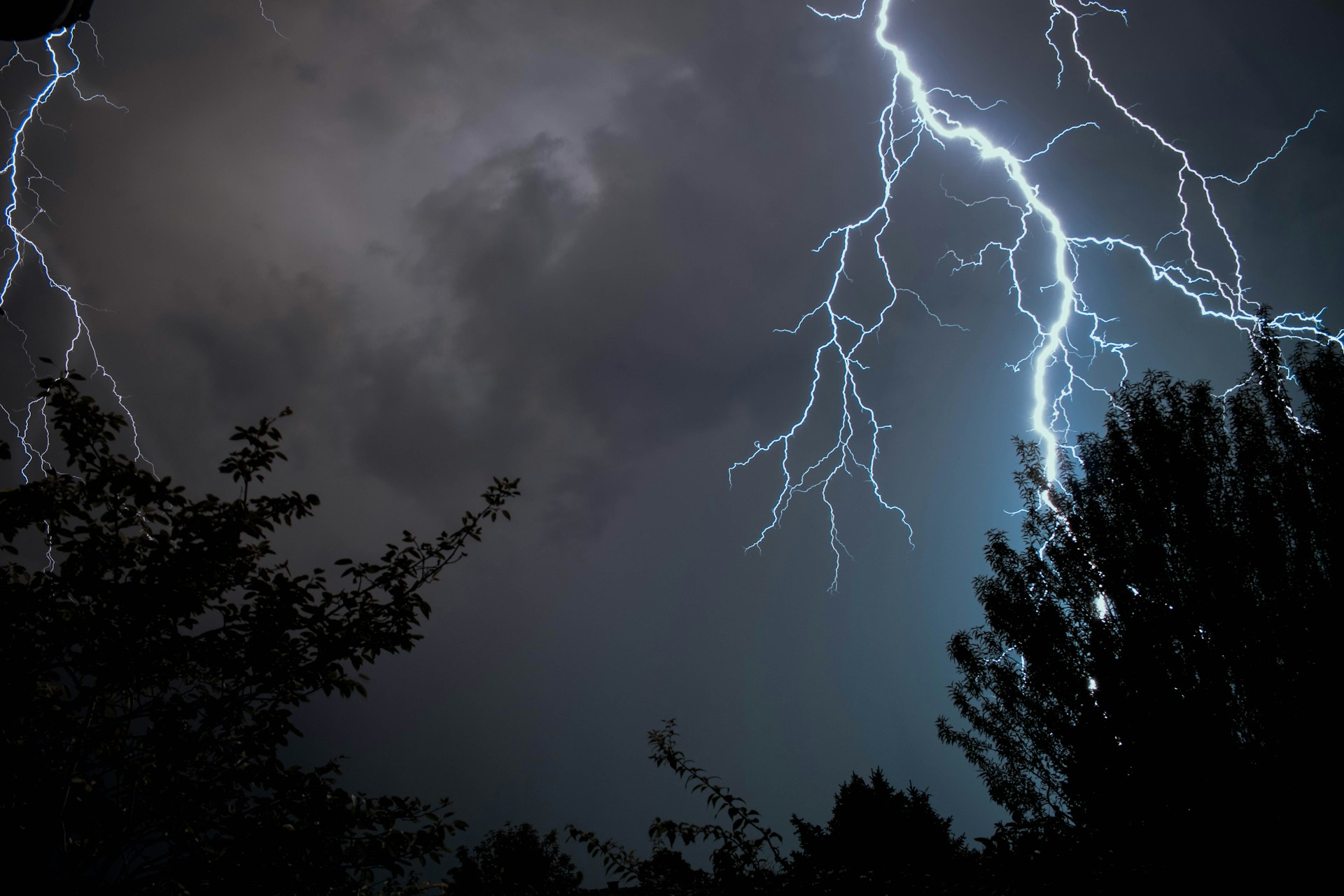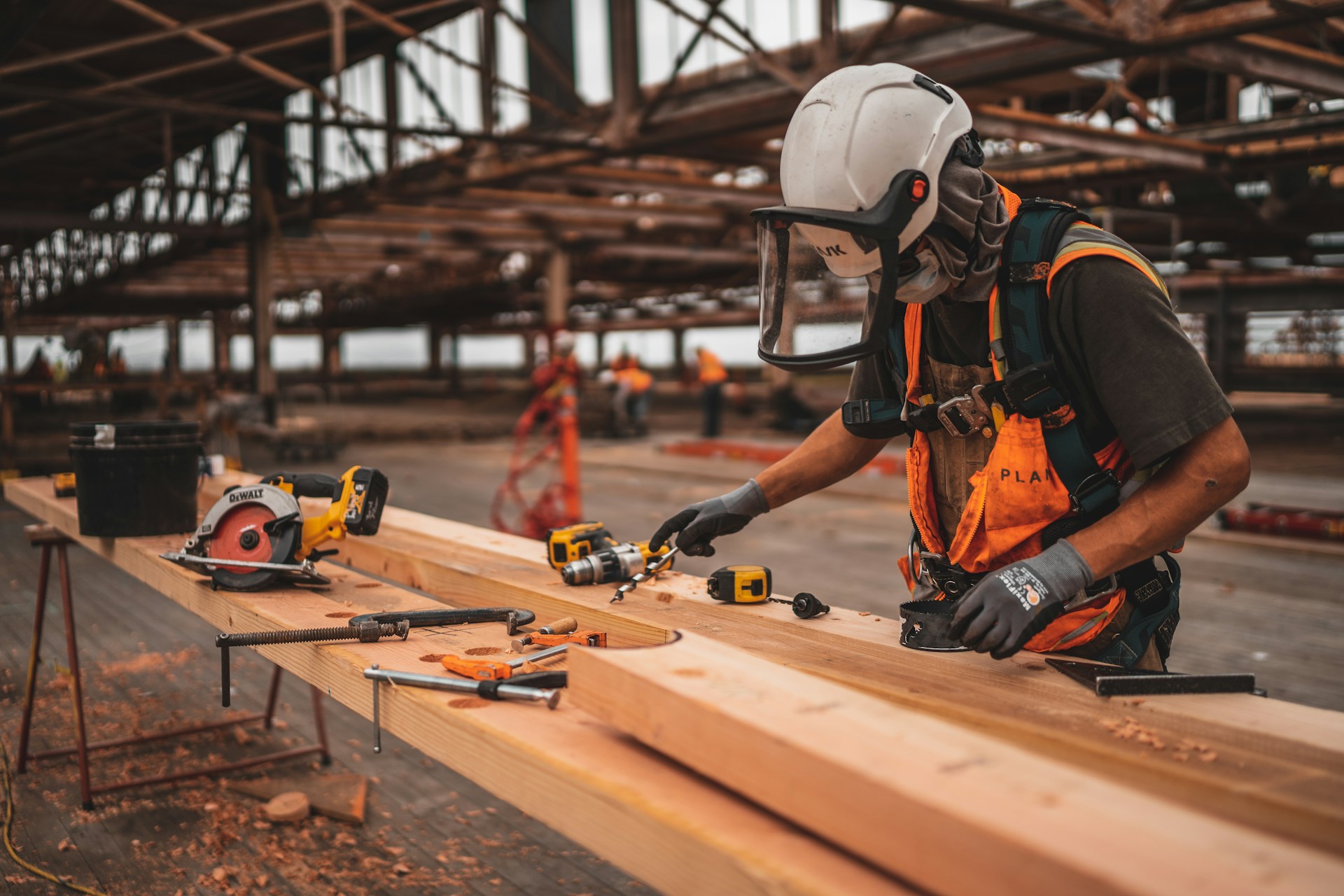
What Do You Need to Prepare for Summer Storms?
June 18, 2024 - Emily Newton
Revolutionized is reader-supported. When you buy through links on our site, we may earn an affiliate commission. Learn more here.
Being a responsible homeowner means knowing how to prepare for storms. Seasonal changes can change the likelihood of specific risks. Here, we will focus on getting your home ready for rainstorms and thunderstorms that can occur frequently in the summer.
Which Storm Preparedness Measures Should Homeowners Take?
No matter where they live or how many others are in their household, modern homeowners should do a few things to prepare for storms and encourage their neighbors to do the same.
Create an Emergency Kit
Most people take electricity and running water for granted, but severe summer storms can temporarily affect those critical services. Accommodate that reality by making an emergency kit for everyone in the household.
Begin by stocking it with necessities to use if the power goes out or there is no reliable water access. For example, wet wipes could meet sanitation needs in a pinch if people could not use their showers and sinks.
Authorities also recommend having 1 gallon of water per person for each day of an emergency. Fill the kitchen cabinets with non-perishable foods that people can safely eat without cooking. Aim to have a supply large enough to last several days.
Make a Communication Plan
Individuals frequently grab their smartphones, turn on the TV or switch on local radio stations to hear the latest news about how to prepare for storms and when they might hit. However, all those options become inaccessible without power sources. Develop a strategy for staying in touch with loved ones and receiving news updates.
A hand-cranked radio could suffice, especially if it automatically delivered local weather alerts. They often deliver long running times with little effort. One option runs for nearly a half-hour after just one minute of cranking.
Consider how to keep smartphones operable for as long as possible once the power goes out, too. Turning the screen to the lowest brightness setting and not using the device for non-essential reasons will go a long way. However, power banks are also ideal for recharging smartphones without electricity.
People who live alone should consider checking in with others at predetermined times, such as every few hours. That tip also applies to older individuals, those with disabilities and anyone else who may be especially vulnerable during severe weather.
Practice to Become Comfortable
Weather-related disasters can make people anxious and stressed, increasing the chances of becoming flustered or making mistakes during emergencies. However, they are more likely to handle the situation well if they have previously practiced how they would behave. Households can prepare for storms through practice runs.
Schedule drills before the summer arrives and encourage everyone in the home to discuss anything that seems confusing or upsetting. It is also a good idea to designate a safe area for everyone to gather during the worst part of the storm. Choose a place away from windows and metal objects, ideally in the middle of the house.
Consider Purchasing a Generator
A generator could be a good investment if summer storms result in frequent power outages. People must set up portable ones at least 20 feet from their homes due to the associated fumes. They also must go under canopies or other protective products if placed outdoors. Users manually activate the generators once power outages happen.
Alternatively, standby generators automatically turn on after the electricity goes out. They are more expensive than portable ones and require professional installation. People sometimes call them whole-house generators because they can power everything in someone’s home. In contrast, people using portable types must consider which lights or appliances they want to use and when to rely on the generator within its capabilities.
How to Prepare for a Rainstorm
Rainstorms can be isolated events but are frequently associated with inland flooding driven by hurricanes. Many people do not realize that such situations affect homes far from coastal areas. Hurricanes have caused severe flooding in areas hundreds of miles from the coast. No matter the cause, rainstorms can damage homes and make roads dangerous. The risks increase when these weather events feature high winds. Knowing how to prepare for a rainstorm and taking the necessary actions is the most practical way to reduce potential damage.
Clean the Gutters
Cleaning a home’s gutters is one of the easiest and most effective preparedness measures before a rainstorm. Leaves and other debris can prevent them from draining, causing water to pool around the foundation and seep into the residence’s lowest levels.
Keeping the gutters clear promotes good drainage. People should also check downspouts to ensure they are angled to move water away from the house.
Secure or Move Loose Objects
If the ground surrounding a home becomes severely flooded, unsecured items such as trash bins and lawn furniture could get damaged and float away. Similarly, if high winds accompany the rainstorm, those items could blow into glass windows or cause other damage.
People with time to secure those items or bring them inside before a rainstorm should do so. Otherwise, use weights, sandbags or similar products to keep the products weighed down.
Check for Unusual Openings
When Hurricane Ida struck in 2021, it resulted in $75 million in damage for affected parties. Weather-related issues can quickly become more severe if rain enters a home through holes in its foundation or siding.
People should check for those before storms hit, including inspecting the roof to look for loose, worn or damaged sections that could allow rain to get inside. Be proactive when looking for and addressing problems, especially since service providers’ schedules will get increasingly busier as storm season approaches.
How to Prepare for Thunderstorms
Most thunderstorm risks to homes stem from the lightning strikes that often accompany them. People must also remember that these weather events can quickly escalate. Even a seemingly mild or distant thunderstorm can become a genuine danger to those in the area.
Understand Risk Levels
Meteorologists use a five-category system to express the dangers that may come with thunderstorms. Those at the highest end of the scale are the likeliest to feature wind gusts, large hail and tornadoes.
Additionally, weather experts recommend different precautionary measures depending on whether an area has an associated thunderstorm watch or warning. If the forecast includes a thunderstorm watch, that means such events are possible, and people should be alert for changing conditions and plan where they will take shelter if necessary.
In contrast, if the weather service issues a thunderstorm warning, it means one is about to happen or that it is in progress. Since that is a more urgent matter, people should go indoors if possible. They should also strongly consider stopping at a safe place and waiting until the storm passes if they are driving.
Unplug Appliances
Power surges happen when thunderstorms include lightning. If a bolt strikes a power line or an area close to one, it can disrupt the electrical wiring infrastructure, potentially damaging appliances that get power from it.
The safest thing to do is unplug appliances before thunderstorms occur unless they are connected to a surge protector. Consider using tablets or smartphones — rather than computers plugged into electrical outlets — to stay current with information during the storm.
Close and Reinforce the Garage Door
Since the garage is an enclosed space, it is the safest place to park a car during a thunderstorm, especially if the weather forecast indicates people should expect hail or high winds. However, severe thunderstorms can also cause the garage door to blow in, causing damage to that component and anything stored inside.
The first action to take before a thunderstorm hits is to close the garage door firmly. However, people living in areas where high winds frequently occur at the same time should strongly consider installing garage door braces as additional protection. These are metal bars that mount along the underside of the surface, making the door more resilient during windy weather. Hurricane-rated braces are also available and advisable for people living in areas affected by coastal storms.
Prepare for Storms With Confidence, Not Fear
Even someone’s best efforts to prepare for storms can occasionally result in them realizing they overlooked steps. However, it is easy to understand how any amount of preparation is almost certainly better than doing nothing.
The ideal attitude is that people should do all they can and try not to become overly stressed about what they might have forgotten. Similarly, there is no use in homeowners getting upset about home damage that happened despite their efforts. They must do their best while understanding that summer storms’ unpredictability can bring surprises.
Revolutionized is reader-supported. When you buy through links on our site, we may earn an affiliate commission. Learn more here.
Author
Emily Newton
Emily Newton is a technology and industrial journalist and the Editor in Chief of Revolutionized. She manages the sites publishing schedule, SEO optimization and content strategy. Emily enjoys writing and researching articles about how technology is changing every industry. When she isn't working, Emily enjoys playing video games or curling up with a good book.






